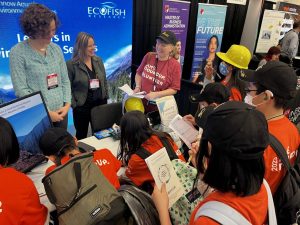
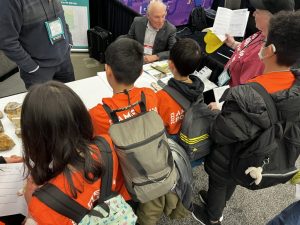
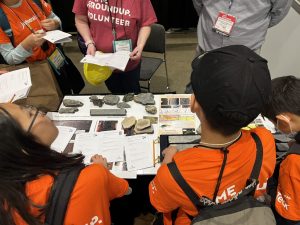
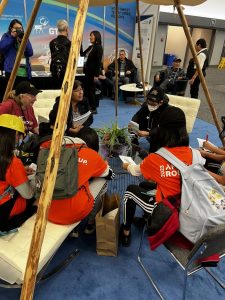
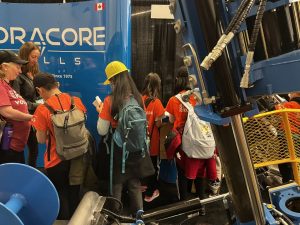
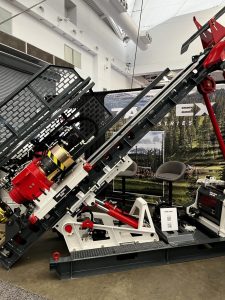
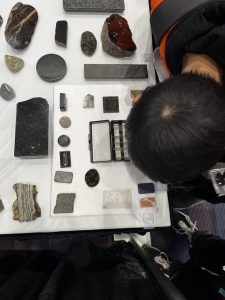
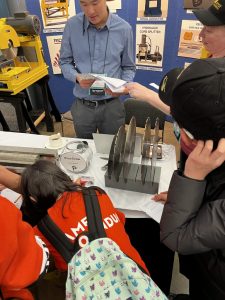
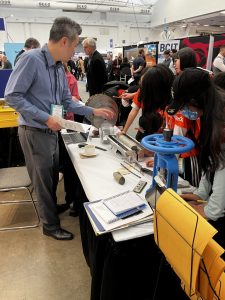
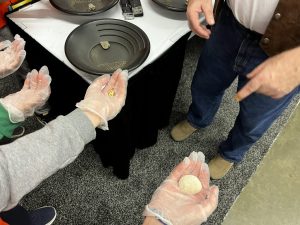
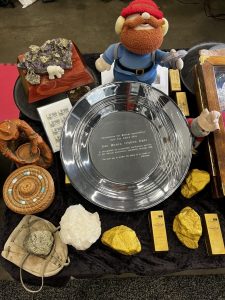
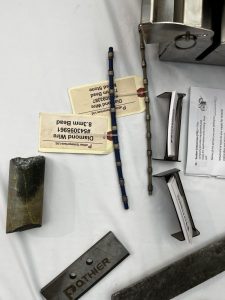
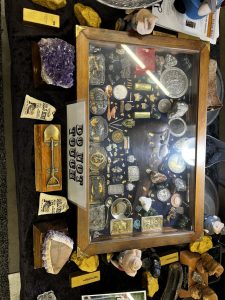
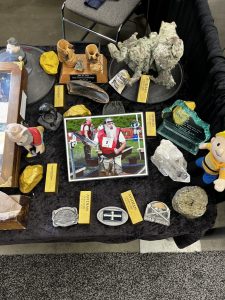
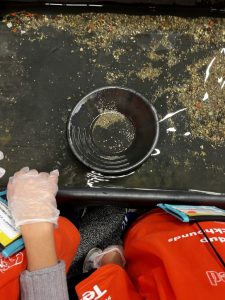
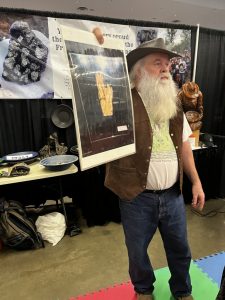
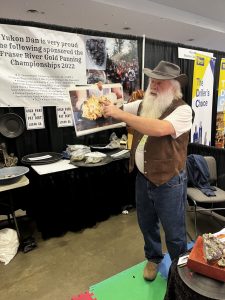
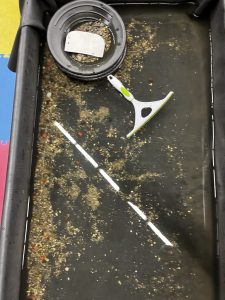
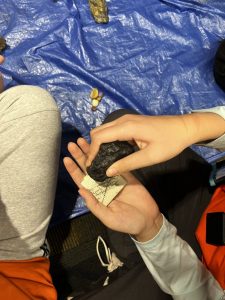
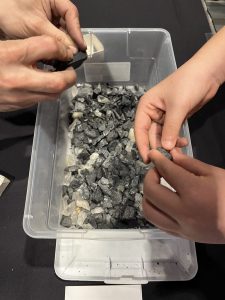
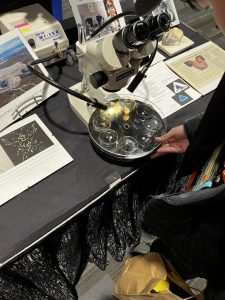
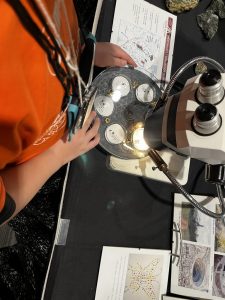
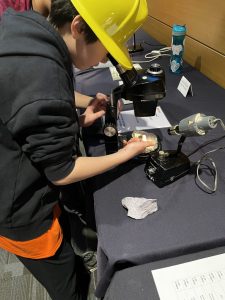
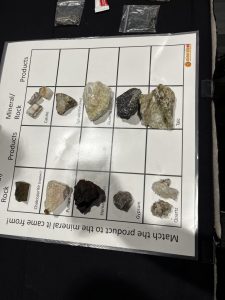
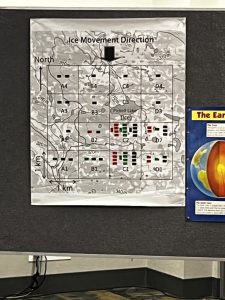
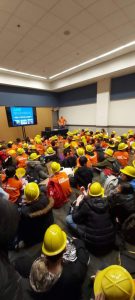
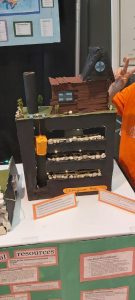
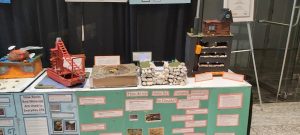
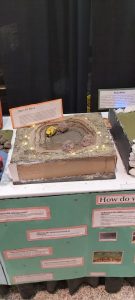
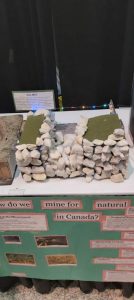
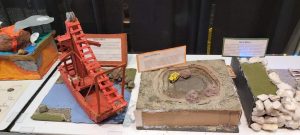
https://share.icloud.com/photos/0d5DTy3Mc_sPIHJYBqvrIhkHA
https://share.icloud.com/photos/076G0pCNZEMcmhOAdIYDbndRA
Students from Division 3 and 5 had a fun filled day at the Vancouver Convention Centre as we wrapped up our MineralsEd Rockhounds program. Throughout the day they learned more about geology, minerals, new technologies, and careers in mineral exploration and mining. They learned more about how Canada’s critical Minerals are used and why they are important to the global economy. They also had the opportunity to pan for gold with Yukon Dan and learned how geologist determine the location of mineral resources based on ice movements.
Thanks again #MineralsEd for this opportunity. We had a great time and learned so much.
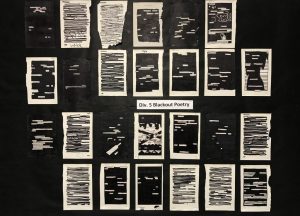

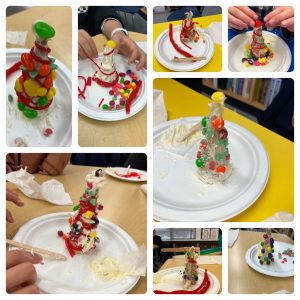
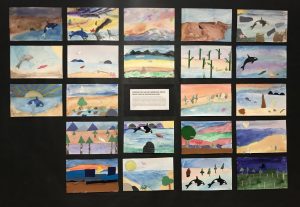
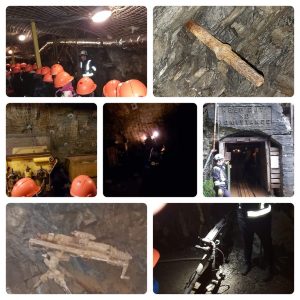
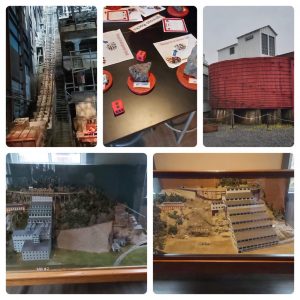
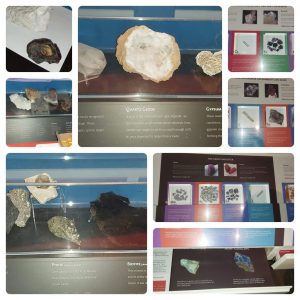
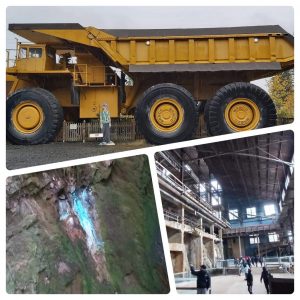
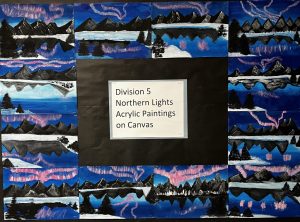
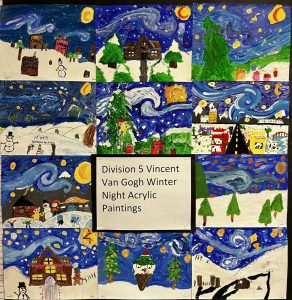
 Dear Parents/Guardians,
Dear Parents/Guardians,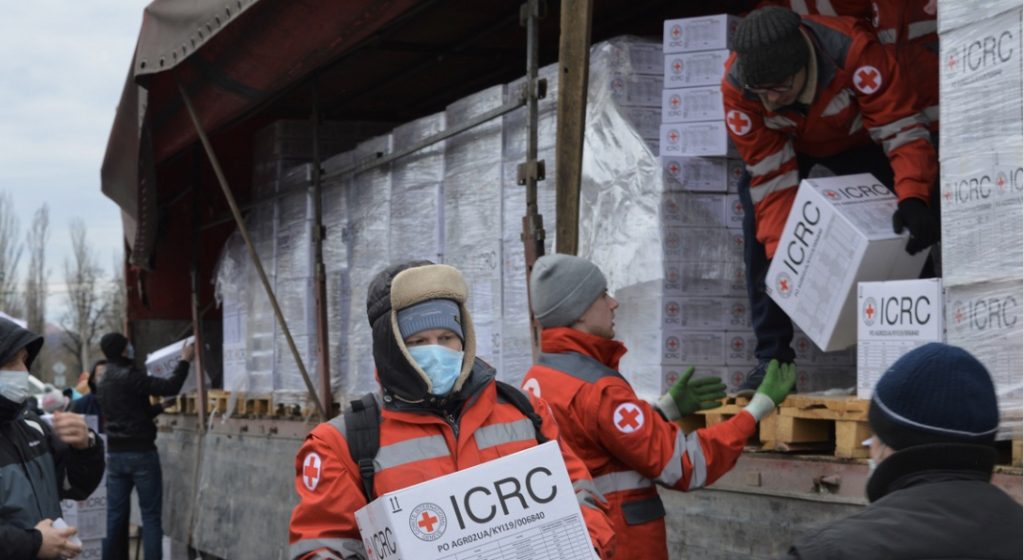 After a very successful Business Fair students from Divisions 1, 2, 3 and 5 donated 15% ($607) of their profits to the Canadian Red Cross to provide humanitarian assistance to those affected by the ongoing crisis in Ukraine. Congratulations everyone on a job well done at this years Business Fair and thank you all for your generous donations.
After a very successful Business Fair students from Divisions 1, 2, 3 and 5 donated 15% ($607) of their profits to the Canadian Red Cross to provide humanitarian assistance to those affected by the ongoing crisis in Ukraine. Congratulations everyone on a job well done at this years Business Fair and thank you all for your generous donations.